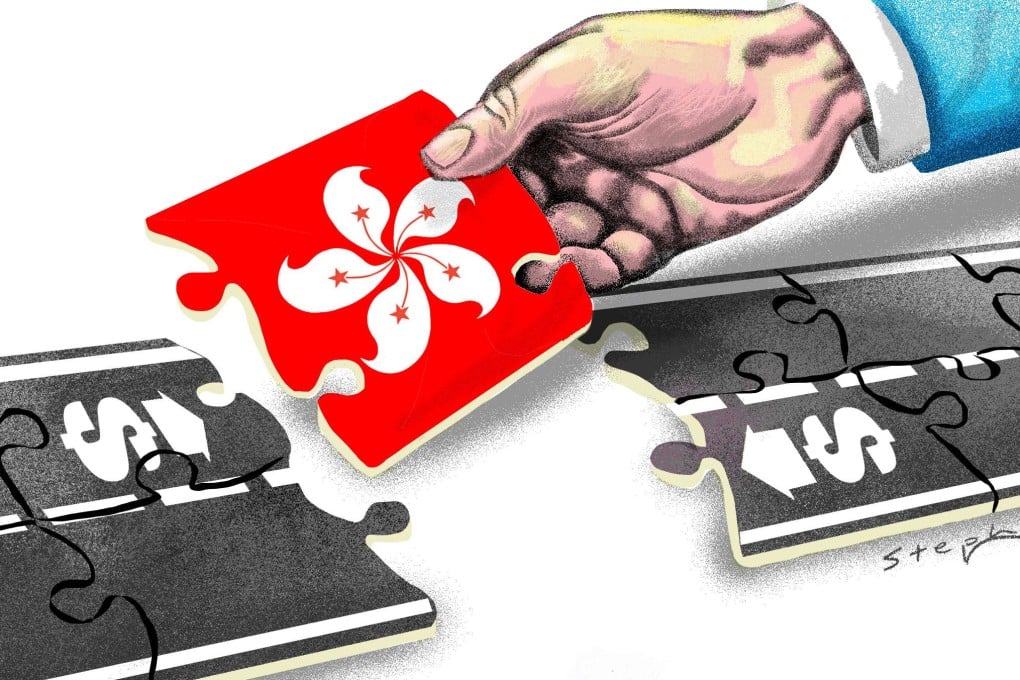Hong Kong, the dealmaker for China’s ‘One Belt, One Road’
Peter Wong details how the city’s strengths can be tapped to seal the partnerships needed to move China’s key initiative forward


China’s ‘One Belt, One Road’ is the perfect stage for Hong Kong to showcase its strengths
In the past two years, China has made encouraging progress in implementing the initiative in various areas.
On the trade front, the total volume of bilateral trade between China and the countries officially involved in the initiative hit US$996 billion last year – around a quarter of China’s total trade volume. At the same time, Chinese companies have invested over US$14.8 billion in the countries along the routes, an increase of over 18 per cent year on year. Around US$8.5 billion worth of investment from those countries has flowed into China, up by more than 23 per cent.

AIIB and World Bank reach deal on joint projects
On the infrastructure front, major progress has been achieved in the Pan-Asia high-speed railway network. China has won the contract to build Indonesia’s first national bullet rail link – the 150km Jakarta-Bandung line. It is bidding on the high-speed railway project linking the Malaysian capital Kuala Lumpur with Singapore. Beijing is also in talks with more than 30 countries including Russia, Thailand, Turkey, Saudi Arabia and Iran about high-speed rail projects.
On the financing front, seed funding for infrastructure projects along the belt and road has mainly come from the Chinese government, with support from Chinese commercial banks. Additional capital is also available from the newly formed Asian Infrastructure Investment Bank (AIIB), the New Development Bank and the Silk Road Fund – with total registered capital of US$240 billion – which are already starting to become active investors along the routes.
While China has allocated significant capital and resources to the belt and road, success of the initiative also requires cooperation between Chinese enterprises and foreign counterparts in everything from small-scale trade and investment to the delivery of large-scale multi-jurisdictional game-changing infrastructure.

Huge potential gains of China’s ‘One Belt, One Road’ are worth the risks
